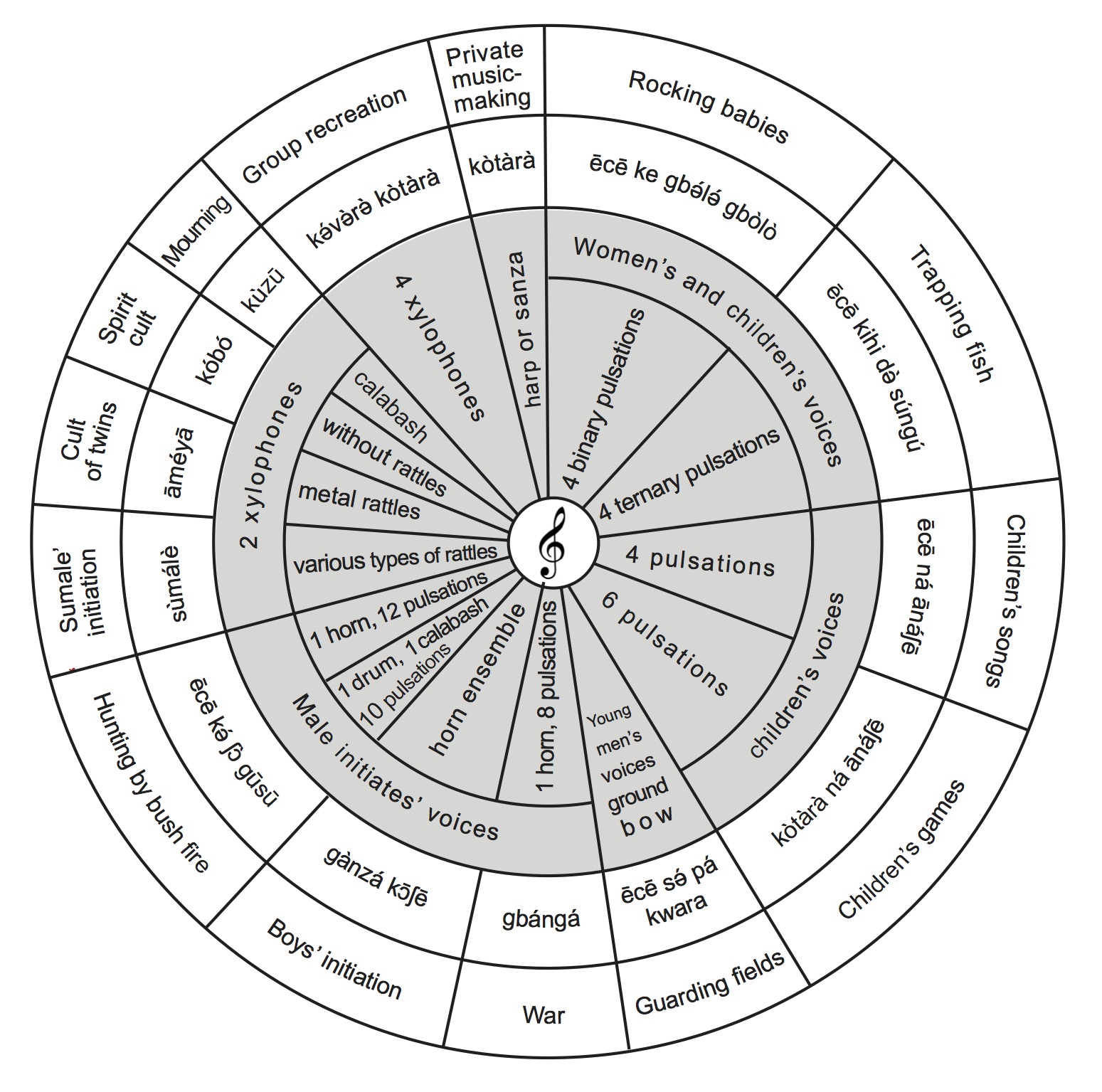Vol. 5 (2019)

Dear Readers,
We, the editors of TDE, are pleased to present Volume 5 (2019). As with previous volumes, it contains a mixture of texts from the pioneering days of comparative musicology/ethnomusicology and more recent articles.
We open the volume with a posthumously published two-part contribution by the Dutch ethnomusicologist Johann Sebastian Brandts Buys († 1939) on kepatihan notation from Solo (Surakarta/Java). In the introduction, the author explains – in a self-critical and highly amusing manner – how it was possible that he, a declared opponent of Western cipher notation, became a proponent of cipher notation for Javanese gamelan music.
We owe the suggestion to translate and publish this remarkable contribution, as well as the one that follows it – Jaap Kunst's inaugural lecture from 1942 – to Wim van Zanten, the guest editor of these two articles. We would like to thank Wim for overseeing the translation process – he supported the translators with expert advice, and put the finishing touches on the text. We would also like to thank the translators, Jane Harvey and Rosemary Robson, and everyone else involved for their dedicated work.
The third “classic” in this issue comes from Carlos Vega, a pioneer of ethnomusicology from Argentina. We publish the essay “The Science of Folklore”, first published in 1943 as an introduction to his book A Panoramic View of Popular Music in Argentina. It took a lot of heads to bring this text into the linguistic form presented here; we would like to thank Philip Yaeger, who revised the entire text and finally submitted it to us in a concise translation, accurate in language and content. In this case, as always, we welcome your feedback and commentary.
The contribution by the Iranian music historian Hassan Mašhun was first published in 2006. The article is about the role of religious music in preserving what the author calls “Iranian national music”, by which he means the music of the Sassanid Empire, the last pre-Islamic Persian empire. Mašhun uses examples from the practice of rowze ceremonies, from dirge singing and from the religious drama šabih ḫāni to show that not only did elements from the Sassanid culture survive in these religious practices into the early 20th century, but that the traditional texts continue to be important sources of Iranian music history to the present day.
The last article in this issue is the contribution of a collective of authors (Simha Arom, Natalie Fernando, Susanne Fürniss, et alii) from France. Their contribution concerns the categorization of the musical heritage of geocultural regions, here using the example of Central Africa (including the Central African Republic, Cameroon, and Gabon). However, the authors emphasize that their approach has the potential, in principle, to be applied to other geocultural regions worldwide. We hope that this appeal will be heard by our readers, and we are curious to find out whether it catches on. The text was first published in French in 2008; we are particularly thankful to Michael Tenzer for agreeing to translate it into English, in close collaboration with the authors.
We hope you enjoy reading TDE Volume 5 and look forward to your feedback!
The Editors
Regine Allgayer-Kaufmann & Gerd Grupe

